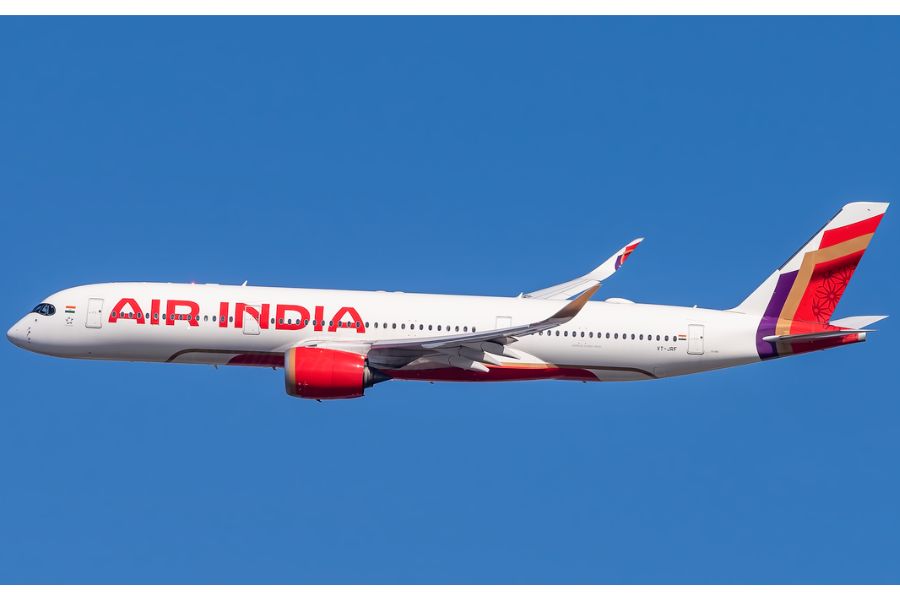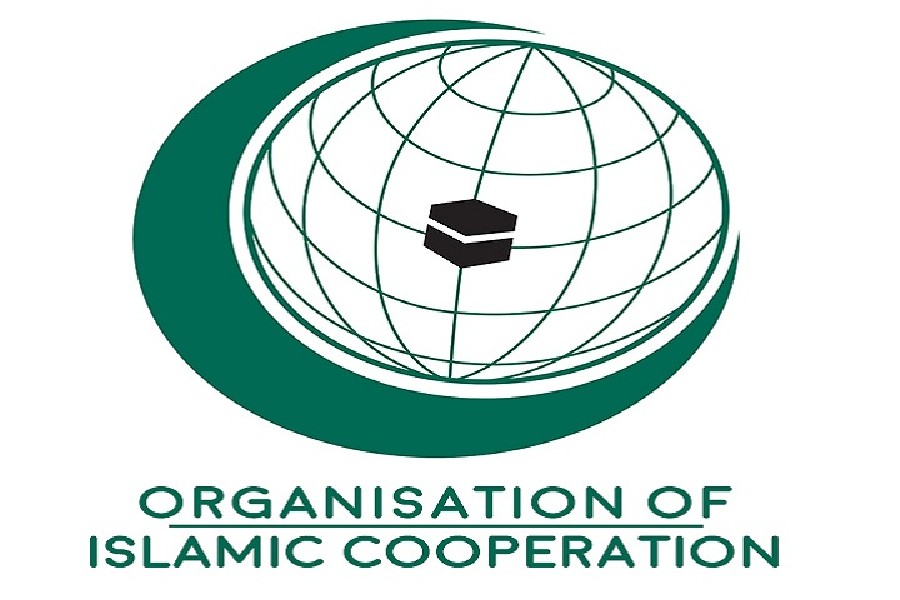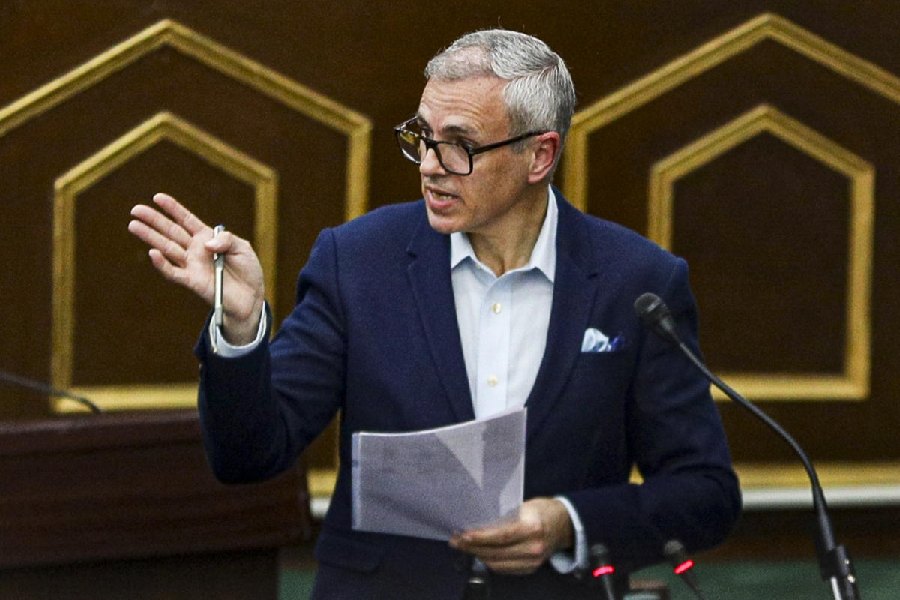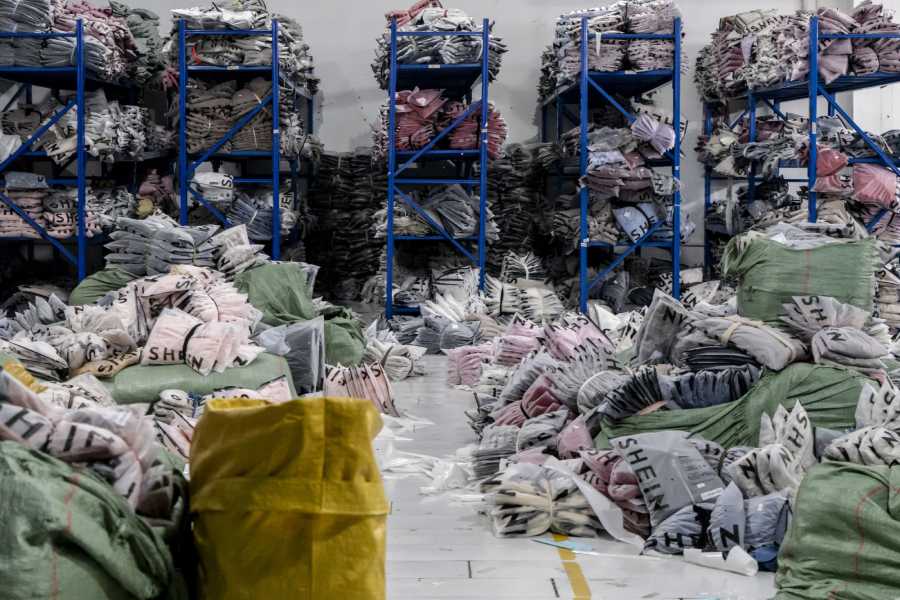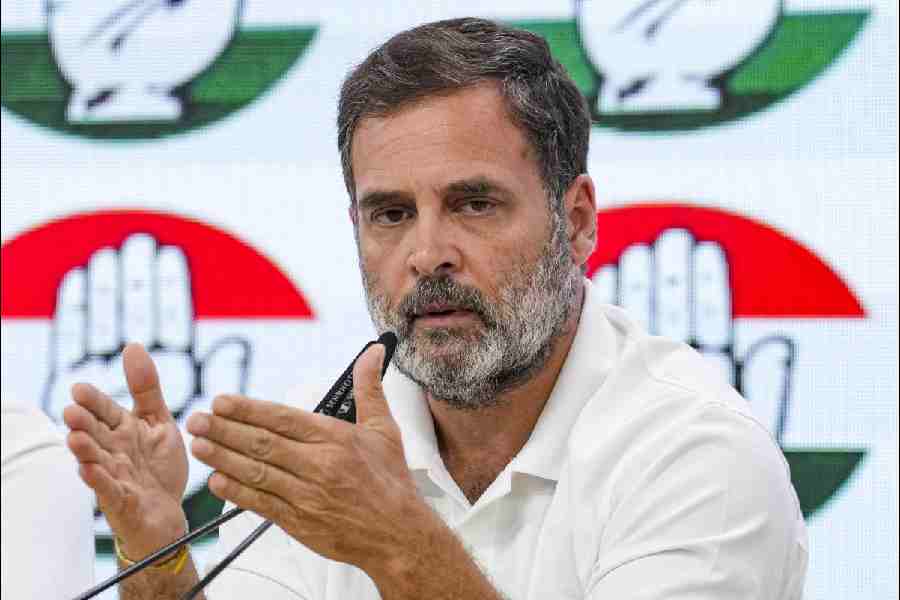 |
| The National City Center in Troy, Michigan, where a hydrogen-powered autorickshaw plies |
Capitalist America, red rag to Citu, has a way out of Calcutta’s auto strife. And it is nothing like Beijing’s uncompromising solution to pollution from its now illegal “yellow label” cars (not meeting Euro I emission norms).
An Indo-US programme to power three-wheelers in Indian cities with hydrogen and mitigate air pollution has been languishing even as the target of providing clean air in metros has sporadically brought private transport operators into conflict with the judiciary and the arms of the law.
The programme goes back more than five years and while it has not been abandoned, progress has been tardy. A lone hydrogen-powered autorickshaw is now on the streets of Troy, a town in Michigan, but not Tollygunge in Calcutta.
In December 2003, India and the US announced with great fanfare an ambitious project to introduce three-wheeler hydrogen-powered vehicles into India with air pollution and urban transportation improvements in mind. The project, in which then US energy secretary Spencer Abraham took a personal interest, led to a public-private partnership for converting engines to hydrogen power on three-wheelers to be provided by Mahindra and Mahindra Ltd.
By the time the experiment got underway, it was not Mahindra, but Bajaj Auto Ltd. that shipped two autos for conversion to Energy Conversion Devices Inc., a Michigan company which boasts of extensive experience in solid-state hydrogen storage systems and has executed cutting-edge work in converting gasoline-powered vehicles to hydrogen.
The Michigan experiment took almost two years and Energy Conversion Devices Inc. sent back one of the two three-wheelers to India in the third quarter of 2005 as a demonstration model for further work on mass conversion of Indian autos.
There it has remained since. Last heard, the model was housed at the Bajaj headquarters in Pune although the US Agency for International Development (USAID), America’s vehicle for foreign assistance, had even allocated half a million dollars for the project.
According to the US embassy in New Delhi, the money was to have been spent on an Indo-US hydrogen transportation initiative that included exploring fuel availability, fuelling infrastructure, safety codes and standards that would raise performance of hydrogen powered transport in India to the level of gasoline-fuelled vehicles.
Three years later, no one seemed sure of how, if at all, the money was spent on a project that may have avoided or mitigated Calcutta’s latest urban pain. Typical of India’s state-organised projects, when the converted three-wheeler arrived in New Delhi from the US, it was well-received.
The vehicle was prominently displayed at the annual convention of the Society of Indian Automobile Manufacturers in New Delhi.
Signalling support from the Asian Development Bank (ADB) for the US-proposed mass solution to the problem of polluting three-wheelers in Indian cities, the president of the Manila-based bank drove around Rahul Bajaj, and Y.C. Deveshwar, then president of the Confederation of Indian Industry (CII), in the hydrogen-powered auto at an event in New Delhi.
Then it was forgotten altogether in a few weeks.
Meanwhile, the second autorickshaw that Bajaj sent to Energy Conversion Devices Inc. for conversion was retained by the Americans.
This hydrogen-powered autorickshaw is now on the streets of Troy, in Michigan. When fuel prices soared in the US last year, there was a lot of interest in the vehicle, according to sources in the automobile industry in Detroit, America’s centre of car production.
The Americans told India after the experiment that an attractive factor that emerged from the test was that the amount of fuel needed to be stored on an average Indian three-wheeler was one-tenth of that for automobiles in the US. That made it easier for India to absorb the technological challenges in introducing these vehicles into its roads.
Yet, there appears to be more interest in hydrogen-powered autorickshaws in America than in India where it is vital for urban transportation.





